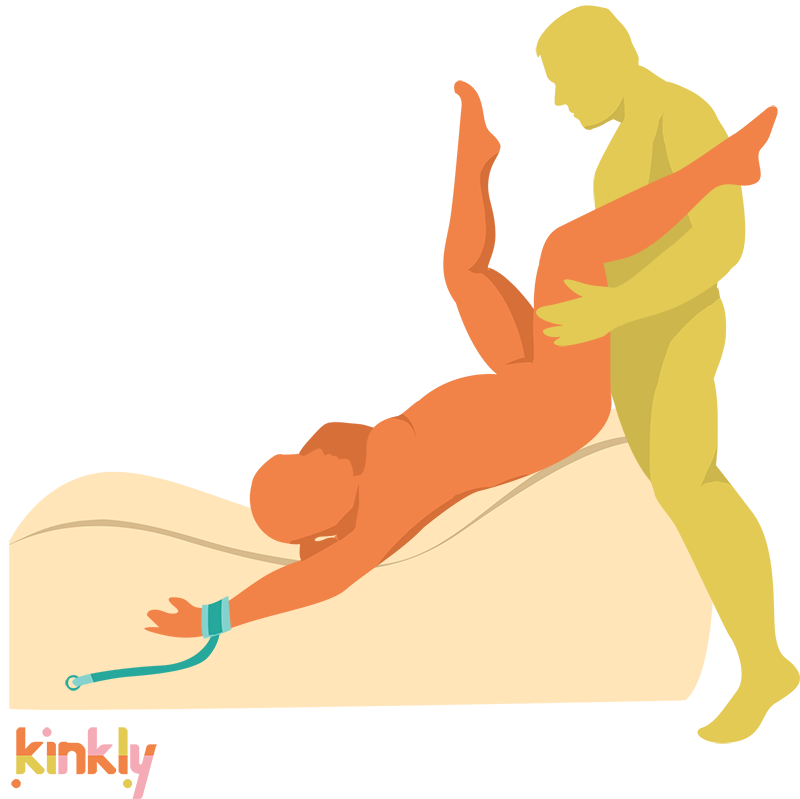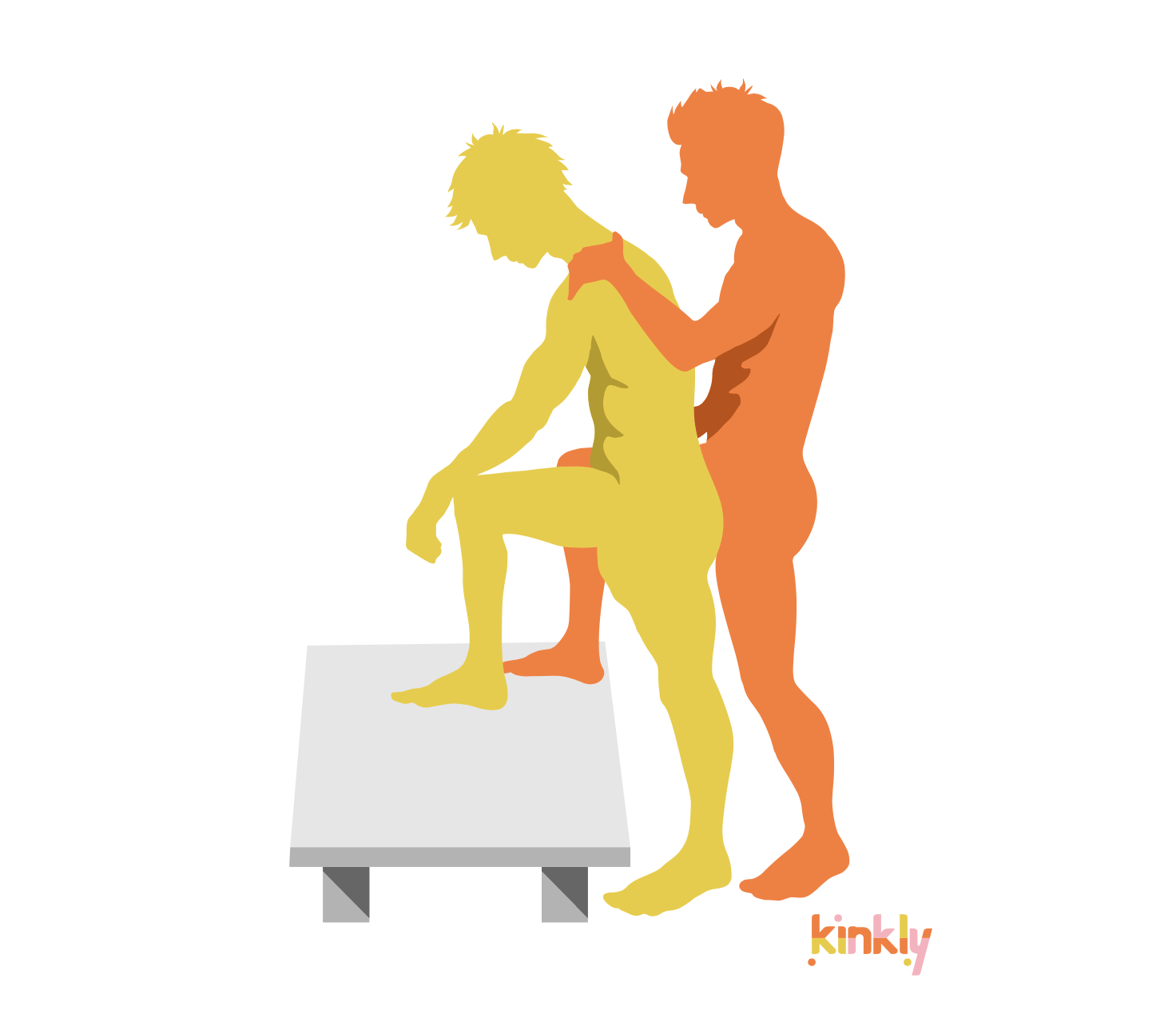Fallopian tubes are the parts of the female reproductive system that are responsible for transporting the egg from the ovary into the uterus. In the typical female body, there are two fallopian tubes.
More About Fallopian Tubes
The fallopian tubes have small, fingerlike projections called cilia that help to move the egg along the tube from the ovary to the uterus or womb. Estrogen levels directly effect the amount of cilia found within the fallopian tubes. Levels are highest during the phase in the reproductive cycle in which the egg is moved from the ovary to the uterus. Each month, the female undergoes ovulation and the egg descends into the uterus. If the egg is fertilized, it attaches to the lining in the uterus and develops into a fetus. An unfertilized egg passes during menstruation. It typically takes 5-6 days for the egg to pass through the fallopian tube into the uterus.


















